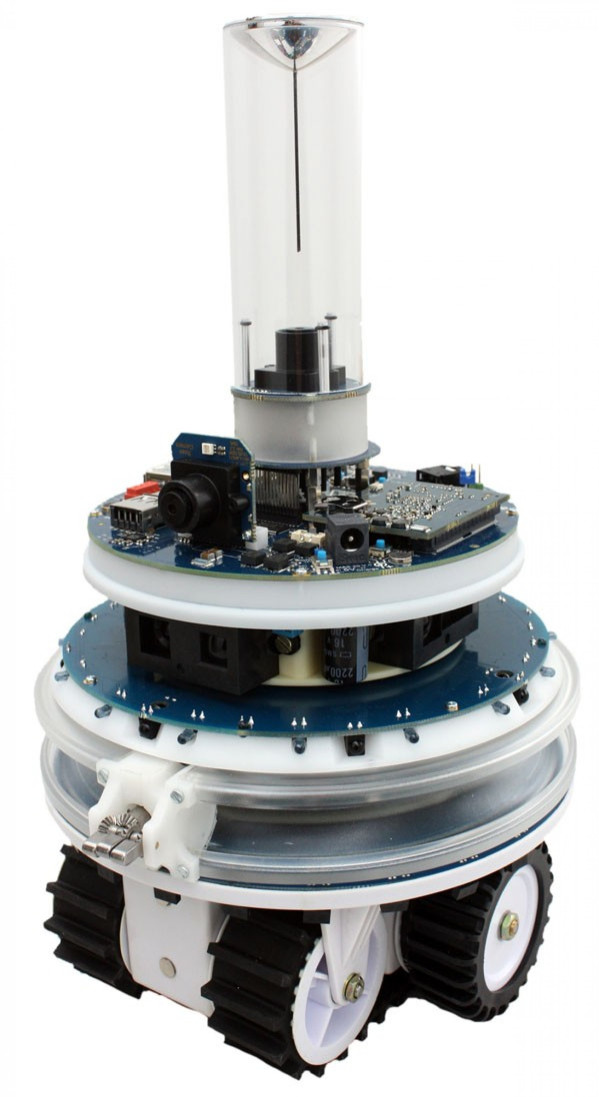Move over Tom Cruise, Robots Can Now do Mission Impossible (VIDEO)

This upcoming December, Tom Cruise will star as Ethan Hunt for the fourth time in Mission Impossible - Ghost Protocol. If Cruise isn't careful, it could his final time as the famous I.M.F. agent.
That's because a Belgium professor and his colleagues created a swarmanoid, a robot collection of three types of robot (foot, eye and hand bots), which can emulate Hunt's hanging from a ceiling trick. Of course, the swarmanoid has a different motive than Cruise's Hunt. In an experiment, the swarmanoid was deployed to retrieve a book from the top of a book shelf. Not exactly conducting top secret missions against a mole within the CIA - but it will do.
A research team from the Universite Libre de Bruxelles in Belgium led by Marco Dorigo created the swarmanoid project in 2006. The project, which is funded by the European Commission, has added robots over the years. By the time Dorigo and crew were ready to submit the swarmanoid for a competition in the Association for the Advancement of Artificial Intelligence (AAAI) there were 30 foot-bots, 10 eye-bots and 8 hand-bots.
The video (which is below) of the swarmanoid retrieving the book from the top shelf won the video competition at the AAAI's Conference of Artificial Intelligence in San Francisco. The video shows the 50 some odd robots working together to retrieve the book. The hand robot is able to climb the shelf, only after being brought over by the foot bot, which got the signal from the eye bot about where the book was located.
While having a book retrieved is certainly important, Dorigo and company see swarmanoids like this one being used for something more important. For example, they say the robots could be used in search-and-rescue operations to space exploration missions.
Dorigo won the CajAstur International Prize for Soft Computing in 2007 for his work in developing the Ant Colony Optimization (ACO) methodology. He also won the first European Marie Curie award in 2003 for the same ACO methodology as well as a 2005 award for his work on robotics.
For more information, check out: http://www.swarmanoid.org
Here's the award winning video:
Follow Gabriel Perna on Twitter at @GabrielSPerna
© Copyright IBTimes 2025. All rights reserved.




















